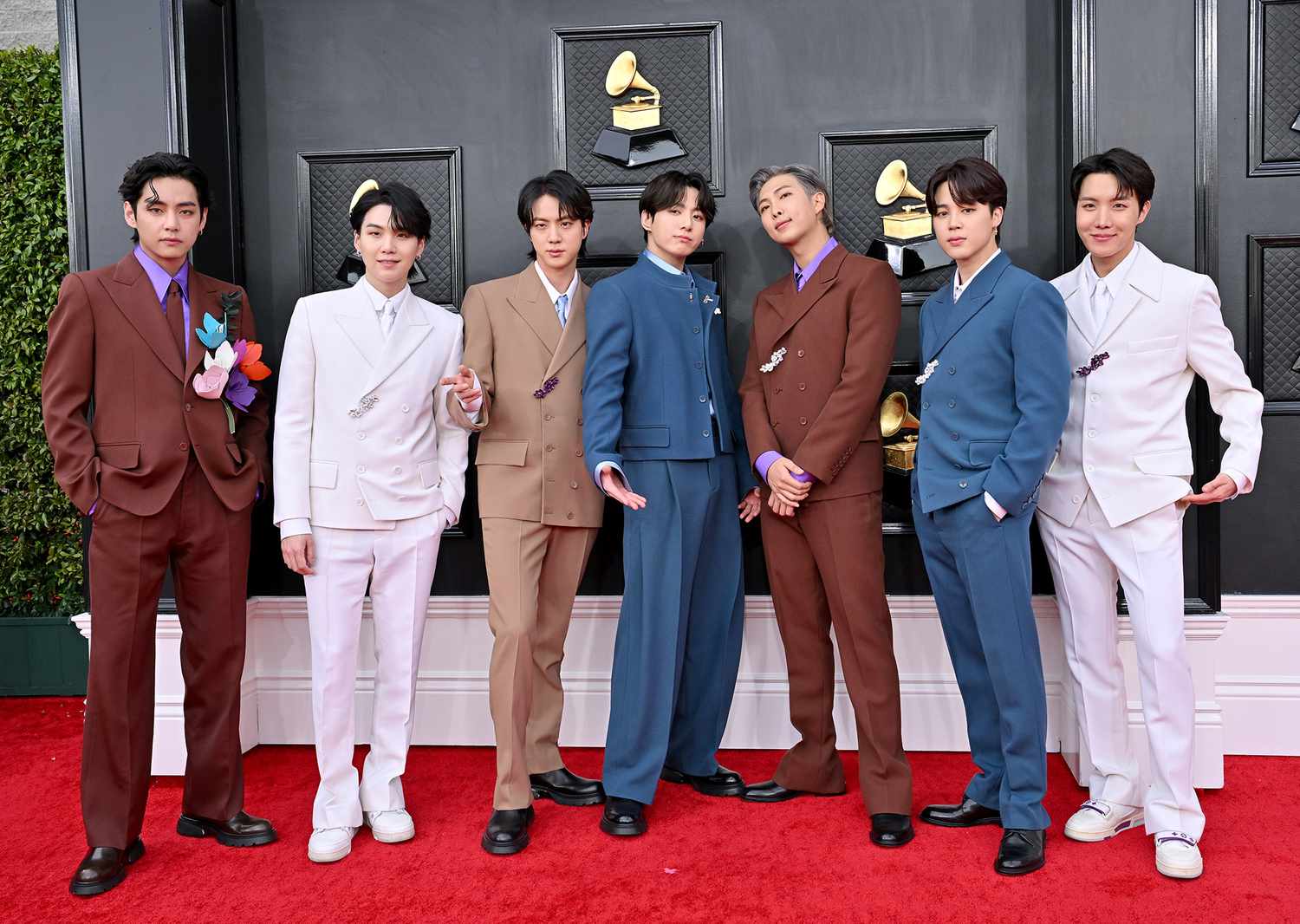K-pop, short for Korean pop music, has transcended its origins as a niche subculture in South Korea to become a global phenomenon that captivates millions worldwide. This musical genre, characterized by its catchy melodies, meticulously choreographed dances, and stylish aesthetics, has undergone a remarkable evolution over the past few decades, shaping not only the music industry but also popular culture on a global scale.
Origins and Early Development
K-pop traces its roots back to the early 1990s, when South Korea began its journey towards modernization and globalization. Initially influenced by Western pop music, particularly American and European styles, K-pop artists and producers started experimenting with different genres and musical elements, gradually crafting a distinct sound that would appeal to both local and international audiences.
Initially, it was a local phenomenon, characterized by infectious melodies, polished choreography, and impeccably produced music videos. However, K-pop’s trajectory took an extraordinary turn, propelling it onto the international stage. Groups like H.O.T and Seo Taiji and Boys emerged during this period, introducing innovative dance routines and youthful energy that resonated with South Korean youth. These early pioneers laid the foundation for what would later become the K-pop industry, setting trends in fashion, dance, and music production.

Globalization and Internet Age
The late 2000s marked a significant turning point for K-pop, fueled by the rise of the internet and social media platforms. Online platforms such as YouTube and social networking sites enabled K-pop music videos and performances to reach a global audience, breaking down geographical barriers and connecting fans from different parts of the world.
The internet and social media played pivotal roles, allowing fans worldwide to connect, share content, and discover new artists. K-pop agencies strategically harnessed these platforms, creating a global fan base that transcended borders.
Groups like BIGBANG and Girls’ Generation (SNSD) played pivotal roles in K-pop’s global expansion during this era. BIGBANG, with their edgy hip-hop influences and charismatic performances, garnered international attention, while Girls’ Generation captivated fans with their polished choreography and infectious pop tunes. These groups not only achieved domestic success but also began to make waves internationally, laying the groundwork for K-pop’s eventual global dominance.

BTS and the Global Breakthrough
The rise of BTS (Bangtan Sonyeondan) in the 2010s marked a watershed moment for K-pop on the global stage. Debuting under Big Hit Entertainment in 2013, BTS initially gained popularity in South Korea before rapidly expanding their fanbase overseas. Their socially conscious lyrics, powerful performances, and active engagement with fans through social media platforms like Twitter and V LIVE helped BTS cultivate a dedicated global fanbase known as ARMY.
BTS’s breakthrough onto the Billboard charts, starting with their album “Love Yourself: Tear” in 2018, signaled K-pop’s arrival as a mainstream force in the global music industry. Their subsequent achievements, including multiple Billboard Hot 100 chart-toppers, sold-out world tours, and collaborations with Western artists, solidified their status as global icons and ambassadors of K-pop.

Diverse Influences and Global Appeal
One of the key factors behind K-pop’s global appeal lies in its diversity and adaptability. K-pop groups often blend various musical genres, from pop and hip-hop to R&B and EDM, creating a dynamic and eclectic sound that appeals to a wide audience. Furthermore, K-pop’s emphasis on visually striking performances, elaborate choreography, and high-production music videos sets it apart from other music genres, offering fans a multisensory experience that transcends language barriers.
Beyond Music: Fashion, Culture, and Beyond
Beyond music, K-pop has influenced global fashion trends, beauty standards, and youth culture. K-pop idols are renowned for their distinctive fashion sense, often serving as trendsetters in the fashion industry. The “Korean Wave” (Hallyu) has also popularized Korean dramas, films, and cuisine, further bolstering South Korea’s cultural influence on a global scale.

Sociological and Political Effects
Yale sociologist Grace Kao has explored K-pop’s cultural and sociological implications. She emphasizes its importance to Asian Americans, who find representation and connection through K-pop. The genre challenges stereotypes and fosters a sense of belonging.
Conclusion: The Future of K-Pop
As K-pop continues to evolve and expand its global reach, the future looks bright for this vibrant musical genre. With new generations of talented artists emerging, along with advancements in digital technology and social media, K-pop is poised to maintain its position as a global cultural force. Whether it’s through groundbreaking music releases, electrifying performances, or innovative multimedia content, K-pop continues to captivate and inspire audiences worldwide, solidifying its status as a transformative cultural phenomenon of the 21st century.






























